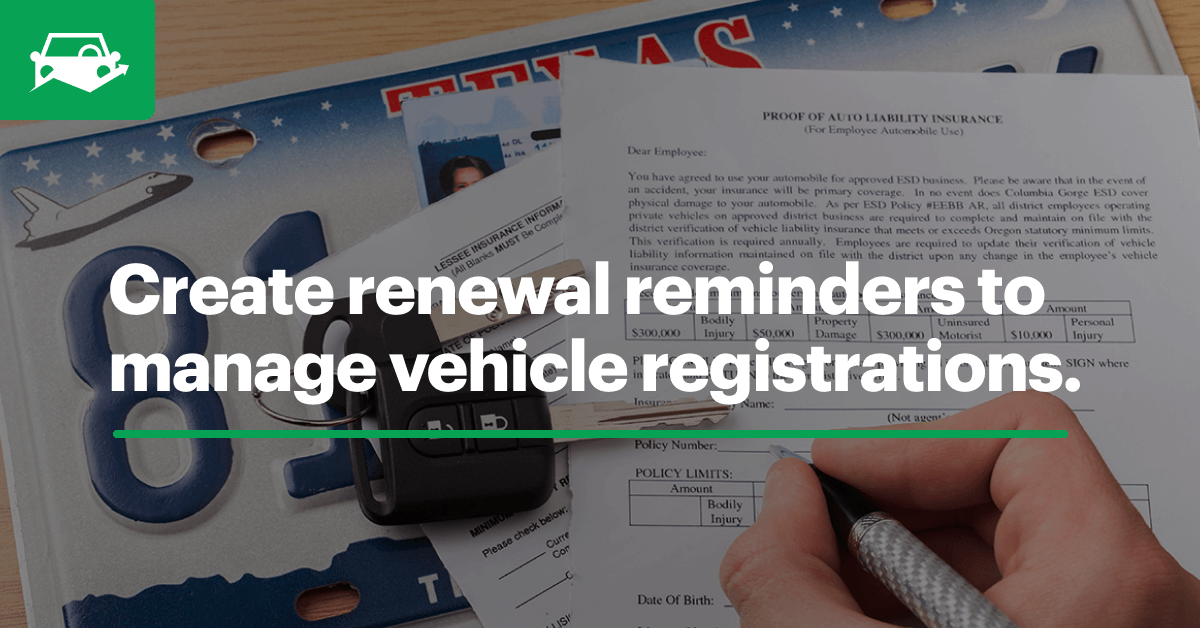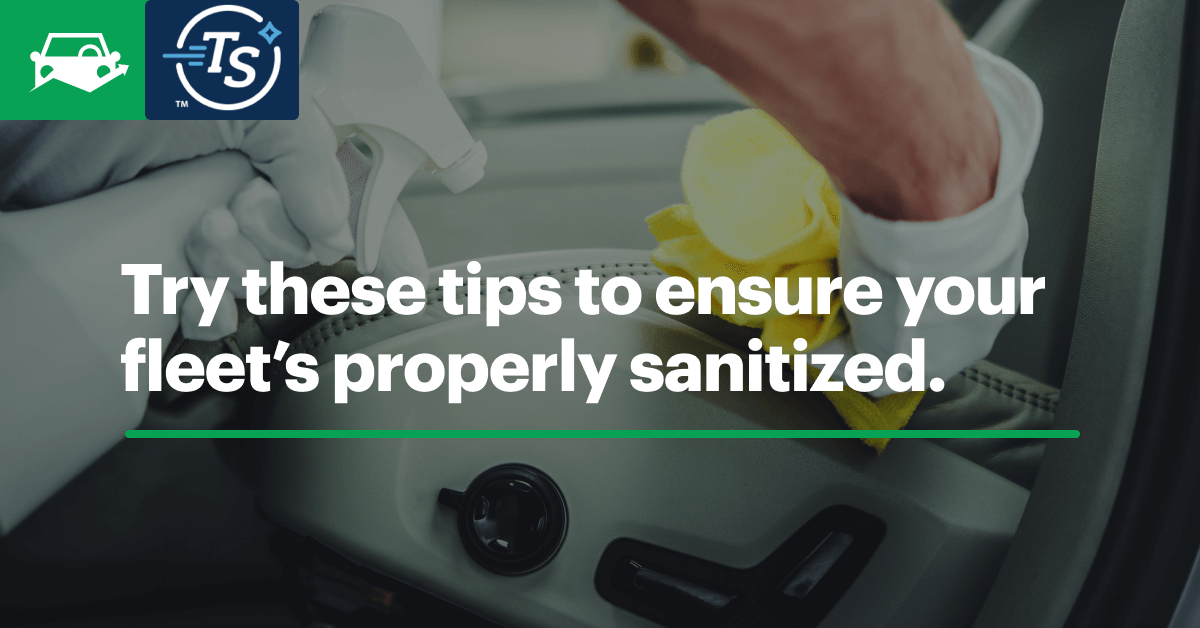A proper fleet risk management system is a critical component of fleet operations. It’s important to remain in regulatory compliance while promoting a safe environment with a fleet of well-operating assets.

Fleet Risk Management
Assets like vehicles and equipment are dangerous and present an inherent risk for fleets. These fleet risks aren’t limited to certain industries such as construction or heavy haul trucking either.
Regardless of the service your fleet provides, managing fleet risk will not only give you peace of mind but will keep your fleet running without incurring costly fines for violating regulations or accident liability.
Promoting fleet driver safety, remaining in compliance and adhering to regulations are practices that will save you the headache and expense
Vehicle Inspection Management
The Federal Motor Carrier Safety Administration (FMCSA) requires drivers to keep daily vehicle inspection reports (DVIR) on hand for a minimum covering the previous 90 days. It also mandates that DVIR records are kept for fleet vehicles for at least one year.
Conducting daily vehicle inspections verifies that an asset is functioning in a safe manner and is not in a condition that could threaten an operator. It allows operators to visually and physically verify any and all aspects a fleet manager deems important.
Tracking DVIR records using a fleet management software allows you to easily analyze large amounts of data and determine if there are any recurring trends.
Once a trend is confirmed, you’ll be able to take swift action to proactively address the issue and rectify potential safety hazards or breakdowns.
To learn more about FMCSA DVIR inspections, check out our white paper.
If your fleet uses paper vehicle inspections, it might be time to go digital and use electronic daily vehicle inspection reports (eDVIR).
Paper vehicle inspections make it difficult to remain organized, force you to purchase storage containers and utilize precious time to input the data into outdated systems of fleet management like Excel Spreadsheets.
Discover more reasons why you should ditch paper inspections.
Fleet Driver Safety
Above all else, fleet driver safety should always be the primary concern for any business. To promote safety across your fleet, consider implementing safety procedures and set certain restrictions (if applicable).
It's imperative that you include vehicle safety procedures in your DVIR like inspecting the condition of tires, seat belts or looking for exposed wires.
These are just some of the custom inspection items you can create using eDVIR and fleet technology.
Fleet managers can also enforce driver safety with the help of devices and fleet management software. Fleets can implement driver facing dash cams which can detect distracted driver behavior, such as texting.
The detection then triggers an alert to the software, where an administrator can determine the best course of action. These measures might be met with pushback from drivers, but for some, it might be the best way to ensure driver safety and avoid costly accidents or liability concerns.
Your priority is proper fleet risk management and safety, not to adhere to all of your driver's demands.
Maintaining Automotive Compliance
It should go without saying that all companies must provide employees with a safe work environment. For fleets, that environment entails the vehicle as well.
The National Highway Traffic Safety Administration (NHTSA), Occupational Health and Safety Administration (OSHA), as well as the Department of Transportation (DOT), are just some of the federal authorities enlisted to enforce safety standards and automotive compliance (also known as vehicle compliance).
Some of these agencies focus on the compliance of vehicle manufacturers, which fleets won’t necessarily have control over. Nonetheless, you’ll still be responsible for conducting proper inspections, keeping a detailed history of DVIR logs and meeting safety standards.
For Class-8 trucks, DOT officers check to ensure both drivers and commercial vehicles meet set standards by conducting thorough inspections that verify things like hours of service (HOS), vehicle condition and load securement.
The FMCSA electronic logging devices (ELDs) mandate on vehicles with a gross weight of 10,000 lbs. or more has forced fleets to adapt in order to remain in compliance.
Failure of an inspection or an HOS violation can lead to steep fines, suspensions and even out-of-service designations, which can be catastrophic for a fleet.
Don’t risk it when you can fix it. Request a demo or start your free trial of Fleetio and learn how you can streamline your fleet operations today!




